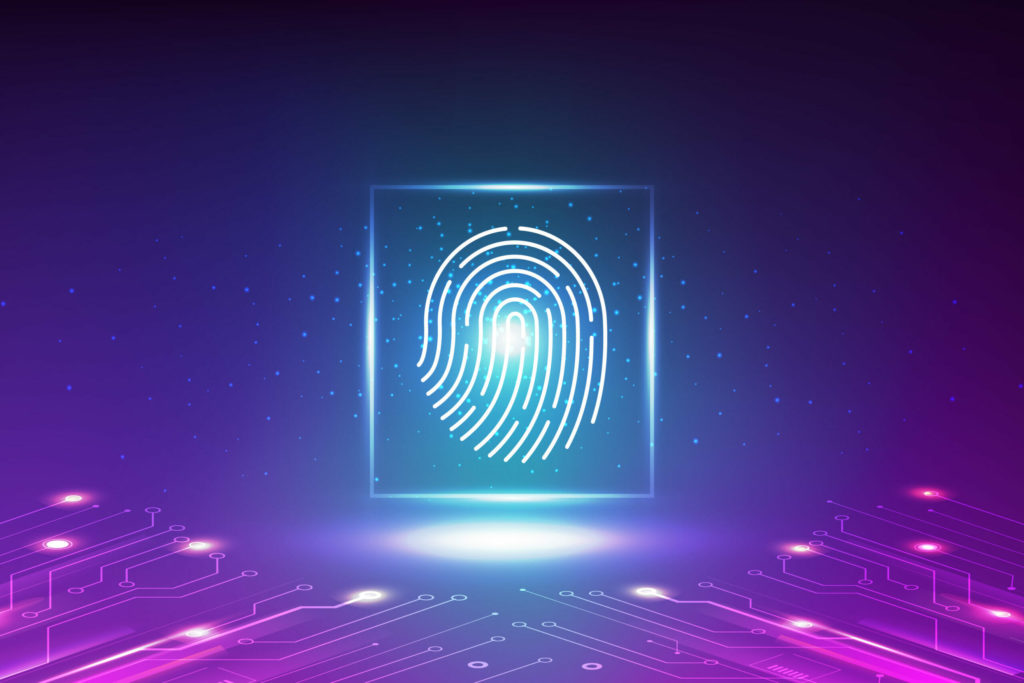This market research report was originally published at Yole Développement’s website. It is reprinted here with the permission of Yole Développement.
Consumer biometrics is boosted by SWIR under-display face recognition and optical TFT for full-screen fingerprint sensing.
OUTLINE
-
The consumer biometric market is expected to reach US$11 billion in 2027.
-
The future of the biometric industry will depend on the outcome of the battle between under-display FPS and face recognition.
-
Goodix, Apple, Fingerprint Cards, Synaptics, II-VI (now Coherent), OSRAM, Lumentum, Knowles… a broad range of stakeholders is involved in the biometry market.
In 2021, the overall biometric market for consumer reached US$6.2 billion. It is expected to reach almost US$11 billion in 2027 with a 10% CAGR21-27 . The growth will be driven globally by the need for secure phones where data is becoming increasingly centralized, laptops with sensitive files, and secure homes.

“The FPS market will continue growing thanks to ever-increasing penetration in smartphones, along with other end-systems like laptops, tablets, and smart door locks. Moreover, with the replacement of traditional capacitive technology by under-display solutions, revenues will grow with a 13% CAGR21-27.”.
Pierre Delbos
Technology and Market Analyst, Sensing and Actuating, Photonics and Sensing division, Yole Intelligence (part of Yole Group)
With all Android players shifting back to fingerprint biometrics, only Apple continued using face recognition in 2021. However, Yole Intelligence’s analysts expect Android players to return to face recognition solutions, leading to a US$7 billion market in 2027.
With increasing performance from hardware and software/audio processing, the attachment rate of MEMS microphones in smart speakers featuring voice biometry will decrease. And combined with price erosion, revenues will decrease with a -3% CAGR21-27.
The iris scanning market vanished back in 2019 when Samsung stopped integrating scanners into its smartphones. However, we expect the market to reach US$50 million in 2027 thanks to new end systems featuring iris scanning.
Yole Intelligence has updated its dedicated Biometrics for Consumer technology & market report to provide the latest updates on fingerprint, face, voice, and iris scanning solutions, both shipments and revenues, from 2018 to 2027. This 2022 edition details the supply chain structure and analyzes future innovations and technology trends. It also provides a comprehensive overview of the market trends for each end system and new disruptive use cases for biometry.
Today, the smartphone market is saturated, so we expect the long-term share distribution to depend on what is coming next on the technology side and the added value it provides to end-users. Hence, the future of the biometry industry will depend on the outcome of the battle between under-display FPS and face recognition.
- Under-display sensors already maximize the screen-to-body ratio. The general industry is now pushing to develop full-screen FPS as they improve accuracy and provide extra functionalities to the phone along with multi-finger sensing. It will be challenging to design full-screen fingerprint sensors based on optical CMOS technologies. Therefore, we expect new technologies like optical TFT to be developed as reliable and cost-effective solutions.
- For face recognition, we believe 3D sensors will be integrated under the display in the future to continue to maximize screen-to-body ratios. To do so, a major transformation of the industry could take place, shifting the IR wavelength from NIR to SWIR. Hence, there is a need to develop SWIR imagers with alternative technologies, including InGaAs , SiGe , quantum dots, and OPDs.
Thanks to these alternative technologies in the biometric market, there is a broad range of stakeholders.

For emitting components, players like II-VI (now Coherent), OSRAM, and Lumentum supply VCSELs and LEDs.
For receiving components, it will depend on the biometric solution. For example, capacitive FPSs are supplied by players like Fingerprint Cards, Goodix, Synaptics, and Apple. Image sensors can be dedicated to under-display optical FPS, with Goodix and Egis the leading players. NIR global shutter imagers are manufactured by STMicroelectronics for Apple’s Face ID. And regarding voice biometry, Goermicro and Knowles are the leaders in the market.
Considering what is at stake, Yole Intelligence expects the third biometry wave to shake up the industry and let new players with disruptive technologies enter.

Yole Intelligence’s sensing and actuating team invites you to follow this industry with news, interviews, and detailed analyses on www.yolegroup.com.
Stay tuned!
Acronyms
- FPS : Fingerprint Sensing
- CAGR : Compound Annual Growth Rate
- TFT : Thin Film Transistors
- IR : infrared
- SWIR : short wavelength IR
- InGaAs : Indium gallium arsenide
- SiGe : Silicium-Germanium
- OPD : organic photodetectors
- VCSEL : Vertical Cavity Surface Emitting Lasers
- LED : Light Emitting Diodes


